Insider’s guide to... Colaba
Once a tiny strip of land inhabited by the fishermen, Colaba Causeway has transformed into a hub for funky fashion accessories and multi-cuisine eateries. The name ‘Colaba’ is derived from Kalu Bai, one of Mumbai’s native deities. Also known as Khadadevi, she is said to be in a perpetual state of anger, requiring gifts from devotees to pacify her. Her temple, located inside the Colaba police station premises, is one of the most visited temples in south Mumbai. From the iconic Regal Cinema to the Afghan Church, Colaba has many little secrets hidden away. Archaeologist Dr Kurush Dalal gives us a tour of this historic stretch.
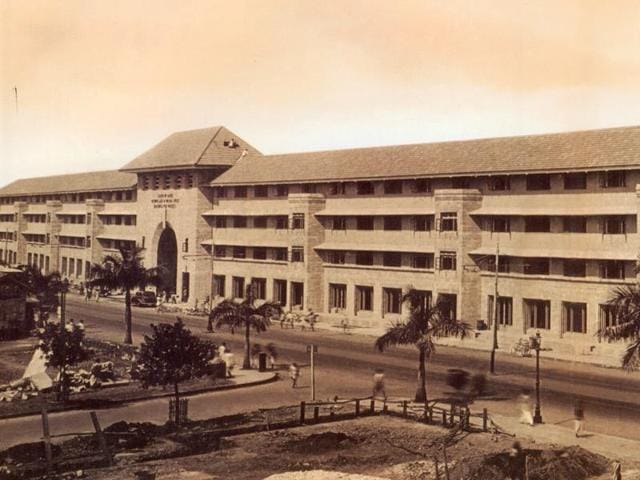
Admiralty Building: Built in 1764, the structure is located opposite Lion Gate. The building used to be the residence of the Admiral of the British Raj Navy and was also one of the oldest inhabited buildings in Bombay. It was also the High Court of Mumbai untill the construction of the present structure was completed. Instagram
Wayside Inn: The Silk Route at Kala Ghoda, was originally named The Wayside Inn. Dr Babasaheb Ambedkar was a frequent visitor at the restaurant when he was penning the Constitution of India. He is said to have developed a unique sign to indicate repeat orders for tea. He used to leave the kettle cap open as a request for a refill instead of calling out to the server.

Kalubai Temple: Located inside the compound of the Colaba police station, it is one of the most visited temples in south Mumbai. The deity Kalubai, is native to Mumbai and in a perpetual state of anger.
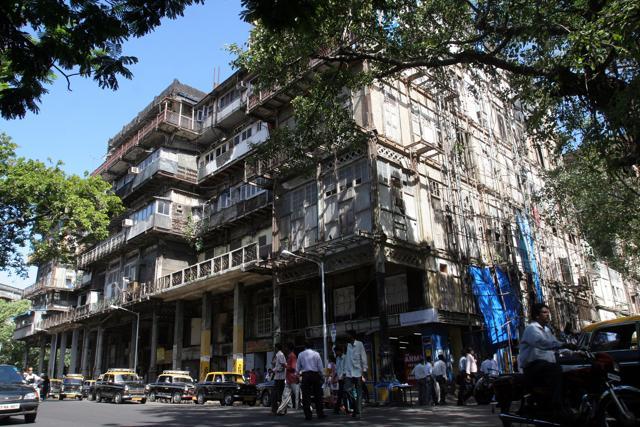
Esplanade building: India’s oldest surviving cast iron building, it was one of the tallest structures in the city in the 1800s. Originally known as the Watson’s Hotel, the building opened in 1869 and shut in the 1960s. It was here that Jamsetji Tata was banned from entering the hotel and went on to launch the Taj Mahal Hotel franchise in an act of defiance.
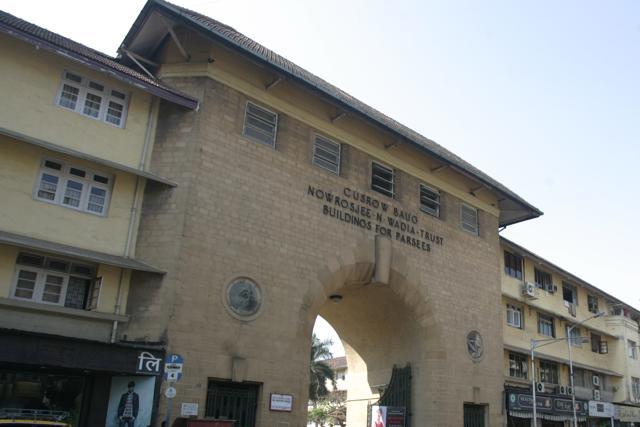
Cusrow Baug: It is one of the oldest all-Parsi settlements in Mumbai. Prior to his death, businessman Nowrosjee Wadia left a handsome sum for his wife Jerbai Wadia, who, in turn, built these residential complexes for Parsis who couldn’t afford accommodation elsewhere. Cusrow Baug was built adjacent to a swamp and saw few buyers, even at a minimal rent of 40 per month for a two bedroom flat in the 1950s.
Afghan church: Surrounding the church are a set of baobab trees that are not native to the Indian subcontinent. The plants were originally brought by travellers from Persia, to India. These trees are found near every Anglican church in Mumbai.
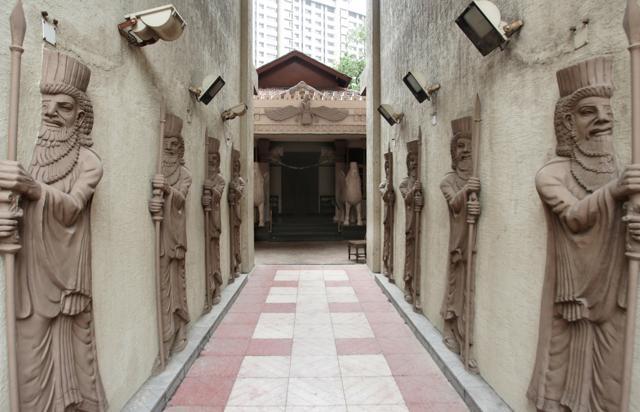
Seth Jeejeebhoy Dadabhoy Agiary Baug: It is located at the far end of Colaba. It was considered to be the most remote area to host a function. Families (mostly Parsis) used to travel as a convoy to this agiary. It was considered unsafe and women were even warned against wearing expensive jewellery.
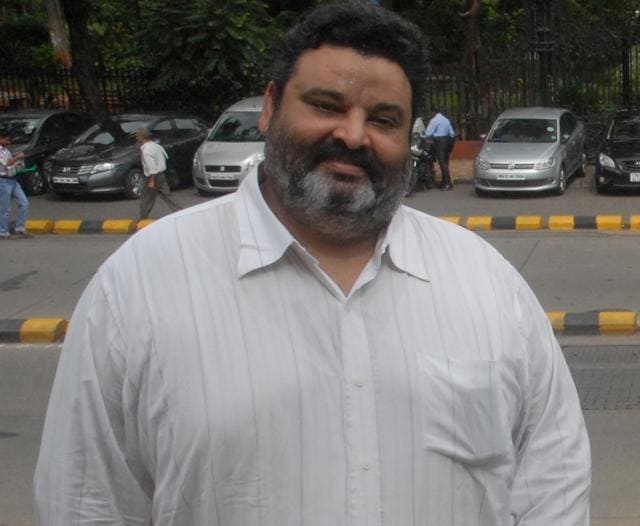
Dr Kurush Dalal is an assistant professor of archaeology at Mumbai University. He also studies the history of food based on archaeological, historical and anthropological data; (top) an archival photo photo of Cusrow Baug





